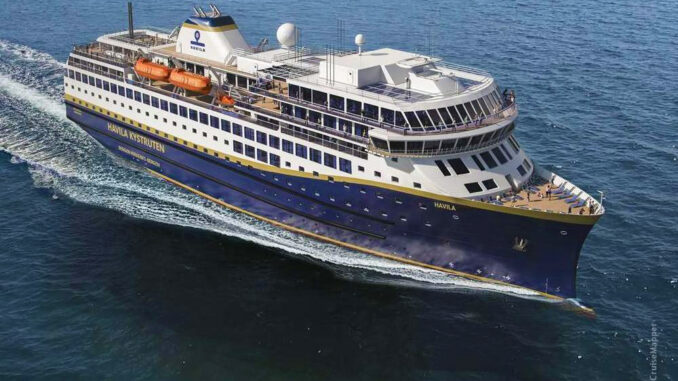
A niche fleet in Norway is gaining world attention by scoring better than any other cruise line in a global ranking of environmental sustainability. The German environmental organization NABU ranked Havila Voyages in a tie at the top of its cruise ranking for 2023, based on the company’s efforts towards sustainablity and reduced carbon emissions.
It was Havila’s first attempt to get into the rankings. “It’s always nice to receive recognition from environmental organizations for the work we do, and this is no exception. It shows that our focus on climate, environment, and sustainability is right and, most importantly, important,” said Havila CEO Bent Martini.
Havilla’s four new ships are technically coastal ferries with four decks and 179 cabins that sail the Norwegian coast on a seven-day itinerary with 34 stops between Bergen and Kirkenes. As Norwegian-flagged ships they have to meet some of the world’s most stringent environmental regulations. The $130-million ships run on liquefied natural gas (LNG) and are aiming to use biogas generated from waste as a way to reach net carbon-zero achieve climate neutrality for its fleet by 2028 and zero emissions by 2030.
“We could be climate neutral today by using biogas without making a single change to our ships, but availability and price are challenges,” Martini says.
But NABU’s rankings of climate and environmental protection point out that cruises have a long way to go to be eco-friendly. Heavy fuel oil continues to be the fuel of choice for the majority of the existing fleets, but cruise companies are making strides, with new ships arriving this year that burn cleaner fuels.
And older ships are being retrofitted with cleaner technology. Last year’s top-ranked company, Havila’s Norwegian competitor Hurtigruten, only scored 50 per cent of the achievable points in a ranking in which a ship with zero emissions could score 100. This year, Hurtigruten is tied with Havila Voyages with a score of nearly 65 per cent. And three European companies AIDA Cruises, Ponant and TUI Cruises, also ranked in the first five places.

The brands of the big cruise conglomerates, Norwegian Cruise Line Holdings and Royal Caribbean International, along with MSC Cruises scored in the mid 30s, but their rankings are about 10 points higher than in 2022. The over-all score for Carnival Corp. ships slipped slightly compared to 2022. Viking Ocean Cruises which scored in the 30s in 2022 didn’t provide any answers for this year’s ratings.
The cruise industry association CLIA says all the lines are taking environmental impact seriously, and making changes on their ships, with a universal goal of offering carbon-free cruises worldwide by 2050. “This industry-wide ambition exceeds the targets set by governments at national and international levels.”
(Ponant and Hurtigruten have both announced plans to have zero-emission ships sailing by 2030. Ponant’s ship would run with a combination of sails and fuel cells).
A feature of new cruise ships from several lines coming out this year and next is they replace oil with liquefied natural gas as a fuel, which significantly reduces sulphur dioxide and carbon dioxide emissions.
However, NABU is skeptical about LNG and it sees biogas produced from waste as the best solution for climate neutrality. NABU emphasizes that biogas must be produced solely from waste products, and, among other things, no palm oil should end up in future biogas tanks.
“We’re still a long way from (cruising) being climate neutral, and we’re also a long way from it being environmentally friendly,” NABU’s shipping expert Sonke Diesener has pointed out. That’s because, although emissions need to be drastically reduced, they continue to rise. “Of particular concern is the sharp increase in methane emissions from LNG use.” These can be more than 80 times more harmful to the climate than CO2, he claimed.
He also expressed annoyance with regard to the heavy oil ratio of around 50 per cent for cruise ships and even worse for cargo ships. As a result, Diesener said, the cargo industry ranked last in the entire civilian shipping industry. Shipping companies could turn this off immediately and without major conversions by using marine diesel without heavy metals, he said. Most container ships already operate without burning heavy oil.
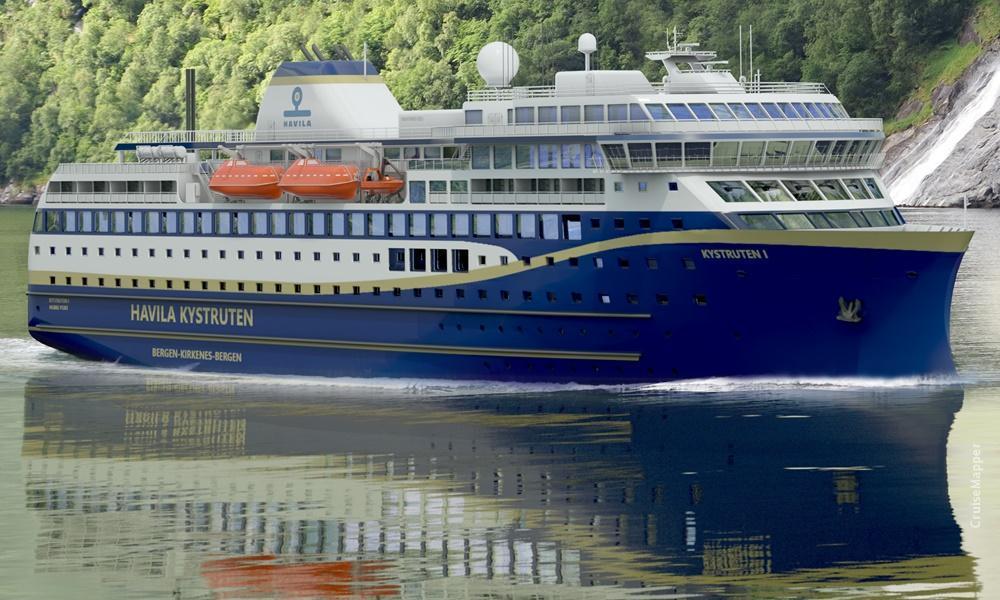
“We respect NABU’s stance on LNG, but for our part, the use of LNG is the right choice now,” Martini commented. “Among other reasons, it is because we reduce local emissions of nitrogen oxides and sulphur oxides by over 90 per cent and our hybrid function with LNG and large battery packs reduces our CO2 emissions by over 35 per cent compared to ships running on traditional fossil fuels.”
He added: “Regarding biogas, we have been very clear that we only want to use biogas produced in Norway, which is generated from waste products, such as those from the seafood industry or agriculture. This ensures the right type of biogas, as NABU points out, is the right way to go.”
Havila Voyages’ four new ships are equipped with the world’s largest battery packs, and can sail for four hours without noise or emissions through vulnerable fjords. The batteries are charged with hydropower at shore, and when the batteries are low, the engines switch to natural gas which cuts CO2 by about 25 per cent, the company says.
The hull is specially designed for maximum energy efficiency, and excess heat from cooling water and sea used for heating on board. On the menu are locally made dishes from local producers, and all unnecessary plastic is avoided. “We are already exceeding the authorities’ requirements for cutting emission, and we have set sail with zero emissions as the future target,” Martini claims.
We’ll drink a Martini to that.
Wallace Immen, The Cruisington Times


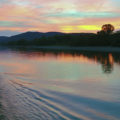


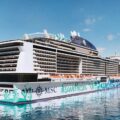
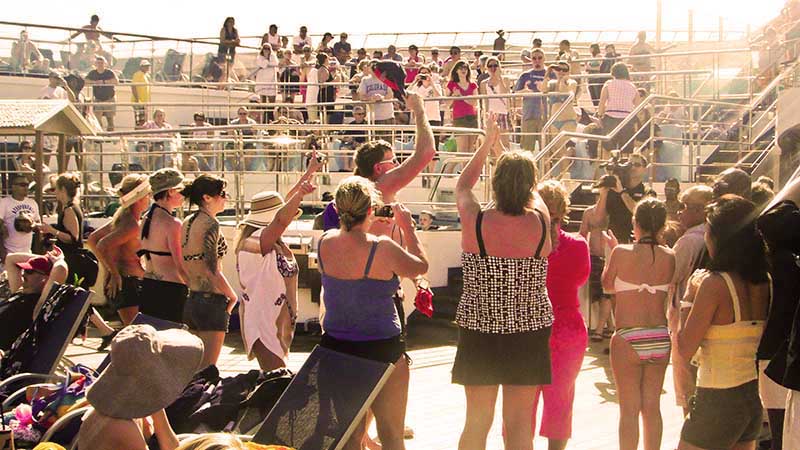

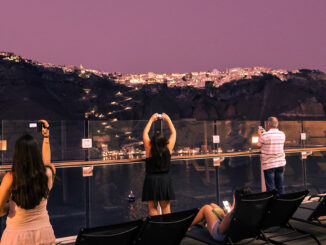
1 Trackback / Pingback
Comments are closed.